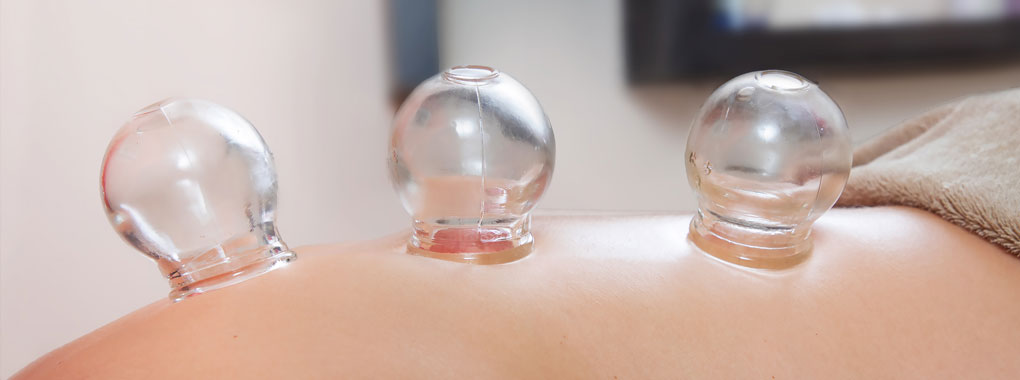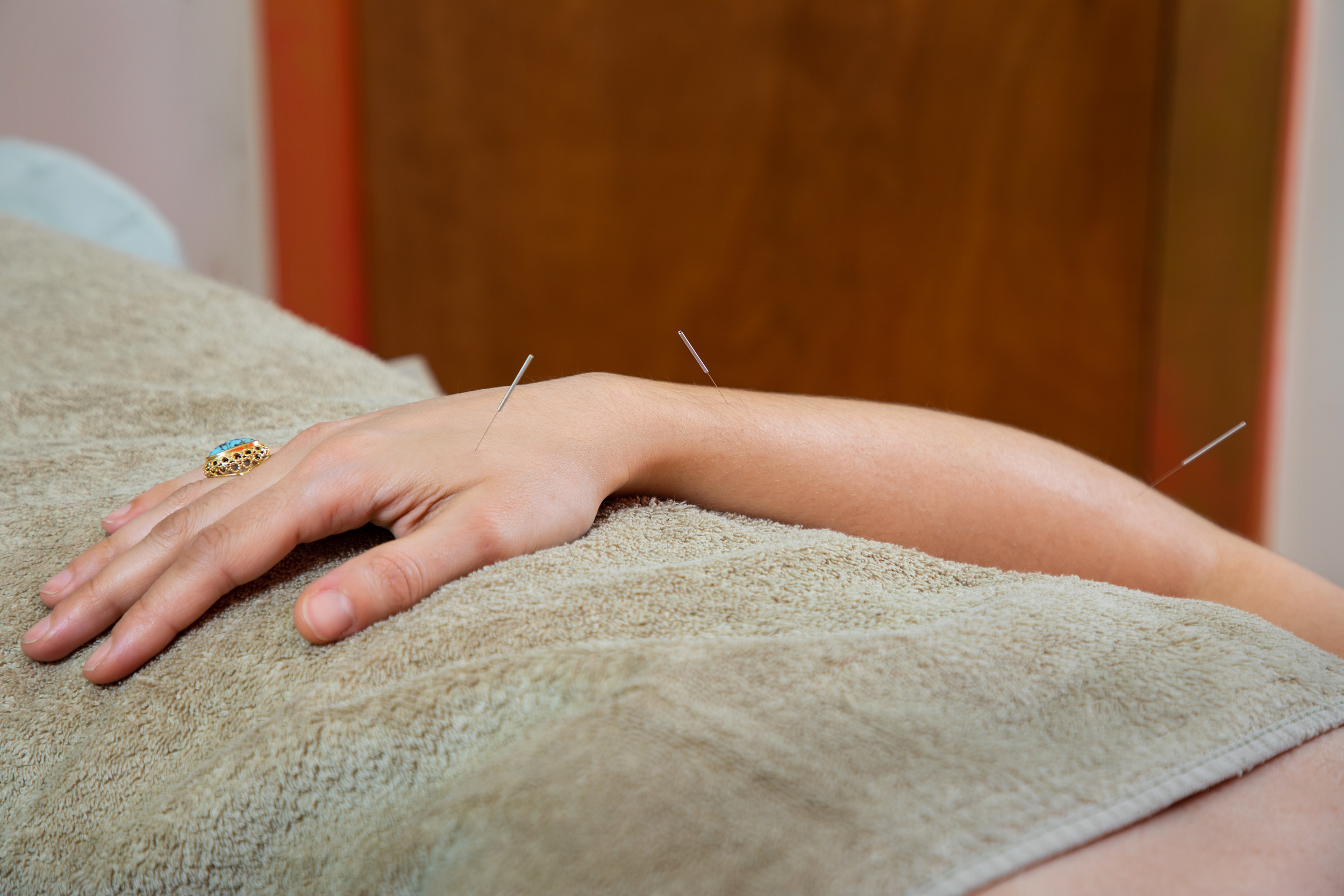Nausea and vomiting during pregnancy is often called “morning sickness”. In reality, most women probably wish it only happened in the morning- around 98% of women who have nausea feel it at various points throughout the day! Researchers estimate that between 50-90% of women experience nausea during pregnancy.
For most women, nausea resolves around 13-16 weeks, but for others it will continue throughout the pregnancy. In addition, for some whose nausea did stop after the first trimester, it returns about a month before the due date. Frustrating, but totally normal.
Aside from the awful sensation that nausea brings, you can end up feeling confused about what’s triggering it and what you can do about it. This article will give you some concrete ways to feel more in control and simply bask in your newfound pregnancy glow. Read more





